Energy research in real life
Reducing energy consumption, through new ways of living and working, efficient mobility behavior or a changed environmental awareness – this is the goal of the SWEET call “Living&Working”. To this end, the two selected consortia SWICE and LANTERN are developing, implementing and testing new approaches, methods and technologies in so-called „Living Labs“. Joëlle Mastelic, professor at the University of Applied Sciences and Arts of Western Switzerland and coordinator of LANTERN, and Marilyne Andersen, professor at EPFL and coordinator of SWICE, tell us where the focus of their research lies and what is distinctive about research in Living Labs.
Energeiaplus: Where do your consortia set their priorities? How do your projects differ?
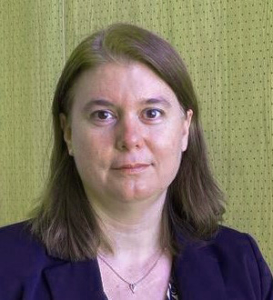
HSE-SO-Professor Joëlle Mastelic coordinates the LANTERN activities. Bild: EnergyLivingLab
Joëlle Mastelic: We are focusing on decarbonizing the building stock and mobility. These two areas have the greatest potential to make a considerable difference. Basically, I think our two consortia are quite similar. Both work at the interface between society and technology. The goal is to jointly develop technical solutions so that they can be better applied.
Marilyne Andersen: At SWICE, we focus on people as drivers of change, which is why we have a lot of social scientists on the team. We focus on the built environment as a place of change – from individual buildings to neighborhoods. Mobility also plays a role here. Change always focuses on energy: how is energy managed, how is it delivered, how is it used?
How can I imagine a Living Lab?
Joëlle Mastelic: In Living Labs, we develop new solutions – within real-life situations, together with real users. In contrast to a test lab, we can hardly control the framework conditions here.
One Living Lab in our consortium, for example, is the city of Lugano. Here we are investigating how our leisure time behavior influences the energy footprint. Another Living Lab is in the city of Winterthur and others are located at universities, e.g. the Energy Living Lab at the University of Applied Sciences and Arts of Western Switzerland. And of course, there are also Living Labs set up within companies. It is important to involve four types of actors: the public sector, companies, universities and end-users.
Marilyne Andersen: We are working with various either established Living Labs or ad hoc communities in cities. One of our Living Labs will be in Fribourg: we are currently constructing a new building here for a research center, the Smart Living Lab, which will be part of the Bluefactory Innovation district, both of which we will use as Living Labs in which we will work and live. We are also using the EPFL campus for this purpose. It is important that we define a clear perimeter for these interactions, large enough to represent real life, but limited enough to be able to compare and observe meaningfully.
Can you give examples of projects or solutions that you would like to develop or test in such a Living Lab?
Joëlle Mastelic: In the Living Lab in Lugano, an app was developed in a co-design process to coordinate car sharing in the city. The aim is to make mobility in the city more efficient and reduce the number of cars in circulation. Now the app is being tested in practice and we are investigating whether and how it is used and finally how mobility behavior changes as a result.
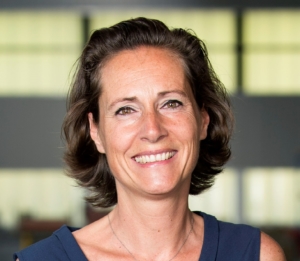
EPFL-Professor Marilyne Andersen is coordinator of SWICE Bild: Smart Living Lab, Thomas Delley
Marilyne Andersen: In the Smart Living building in Fribourg, we want to investigate how more people can work together in the same space without compromising comfort and satisfaction in the workplace. We also want to work with digital twins to model real-world energy systems. We can then simulate scenarios on these digital twins to anticipate impacts in real systems. A project at the Living Lab Suurstoffi in Rotkreuz focuses on the topic of mobility. To obtain a benchmark of the current situation, we conducted a survey among the residents. In a second step, interventions will be developed to reduce energy consumption by changing mobility.
Joëlle Mastelic: We also have a team that is looking at setting up Living Labs. In Geneva, for example, a neighborhood is to be redeveloped and we would like to set up a Living Lab in the process, to test solutions first in a building, then in the neighborhood, then in the city. We would like to build a program to run the same experiments in different cities and disseminate the results.
Are Living Labs more about testing existing solutions or more about developing new ideas and solutions?
Joëlle Mastelic: If it’s just testing that is being carried out, then it’s not a Living Lab. A Living Lab is based on a co-design process with different stakeholders, which means we involve different stakeholders from the idea to the prototype then to market maturity. Good ideas can come from anywhere!
What are the disadvantages of these methods?
Marilyne Andersen: In science, to measure change, we need a reference or control group and an intervention group – for example, a before-and-after scenario where you compare the same group in different situations. Or else you have two groups experiencing different conditions. Real life is a „noisy“ environment, it is influenced by countless factors that have nothing to do with the study. Under these conditions, it is not easy to make statistically validated statements. As scientists, we must be aware of the limits and possibilities of this „noisy“ environment.
Reduce energy consumption but maintain quality of life: That sounds like a contradiction to many.
Marilyne Andersen: Tensions can indeed arise here. One example: If already densely populated areas are further densified, this saves energy thanks to efficient mobility, more compactness and better building envelopes. However, this creates an area of conflict with comfort requirements such as sufficient daylight, good air quality or controlled noise levels. We are working on solutions in one of our consortium’s research projects: Which technologies and/or behavior changes may help to make a building respond better to our needs without more resources? How can norms or standards better serve their mission accounting for this?
Joëlle Mastelic: I think we can maintain our quality of life with less energy. To do this, we should develop services to optimize heating systems, for example, or create incentives for companies to offer home office options to reduce commuter traffic. One of our projects is concerned with the redevelopment of a neighborhood in Geneva where socially disadvantaged people live. At the interface between technology, society and business, we want to develop redevelopment methods that are economically feasible and socially acceptable.
What is special about the way the two SWEET consortia work?
Joëlle Mastelic: For 20 to 30 years, we have been trying to model the energy transition and predict future changes in behaviors and practices. But unfortunately, that doesn’t work because we don’t know all the variables we need. In our Living Labs, we are now trying to measure these behavioral changes in experiments.
Marilyne Andersen: Our two SWEET projects have a specific focus on Living Labs, which allows us to work locally with communities and concretely bring our research outcomes to implement them to real life. So, our projects have a tangible, local and pilot character, in the sense that they will serve as demonstrators, which we aim to result in real and positive action.
Joëlle Mastelic: There is a large network of Living Labs in Switzerland and across Europe where our findings can be replicated. This allows us to significantly increase the impact of our research.
SWEET- „SWiss Energy research for the Energy Transition“ – is a research funding program of the Swiss Federal Office of Energy (SFOE). The aim of SWEET is to promote innovations that contribute significantly to the successful implementation of the Energy Strategy 2050 and the achievement of Switzerland’s climate targets.
Interview: Irene Bättig, Sprachwerk GmbH on behalf of the SWEET Office, Swiss Federal Office of Energy
 Shutterstock
Shutterstock
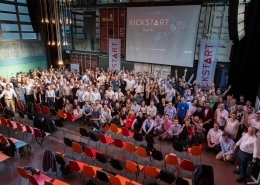 Thomas Lüthi, RingierKickstart 2019: Start-Ups sind ausgewählt
Thomas Lüthi, RingierKickstart 2019: Start-Ups sind ausgewählt 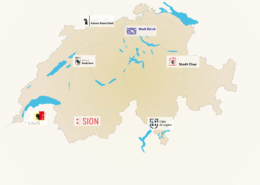 BFEOù en sont les villes dans leur transition énergétique? (partie 2)
BFEOù en sont les villes dans leur transition énergétique? (partie 2) 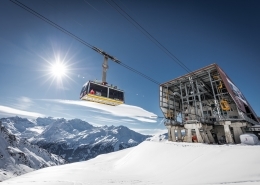 Téléverbier SAUn domaine skiable plus efficace
Téléverbier SAUn domaine skiable plus efficace 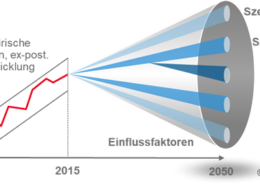 PrognosEnergieperspektiven 2050+: Szenarien für die Energiezukunft der Schweiz
PrognosEnergieperspektiven 2050+: Szenarien für die Energiezukunft der Schweiz 
 shutterstock
shutterstock Shutterstock
Shutterstock
Trackbacks & Pingbacks
[…] For more information click here […]
Kommentare sind deaktiviert.